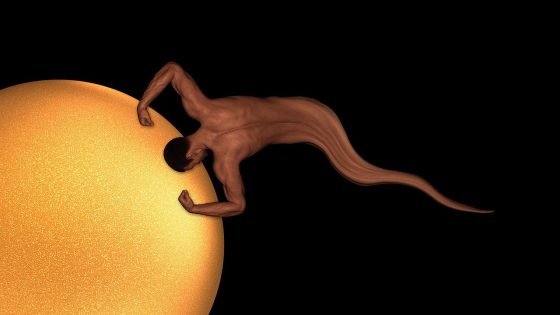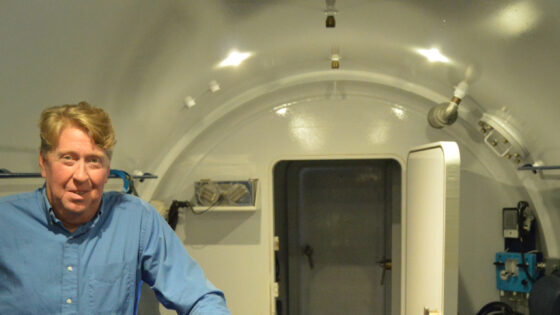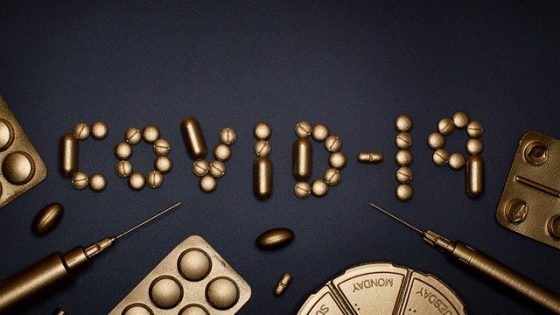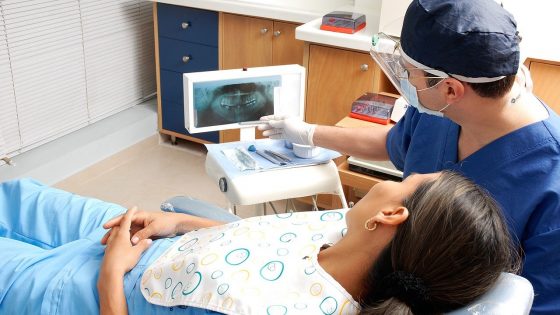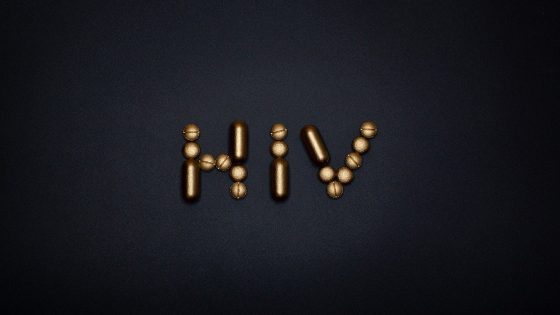cardiac catheterization
A procedure used to diagnose and treat some heart conditions. During cardiac catheterization, a flexible tube called a catheter is inserted into a blood vessel in the arm, groin, upper thigh, or neck. The catheter is then guided through the aorta into the heart using a special x-ray machine. A cardiac catheterization may be done to measure blood pressure and oxygen levels in different parts of the heart, to check how well the heart muscle is working, to take a sample of tissue from the heart, or to look for defects in the valves or chambers of the heart. A dye may be injected through the catheter in order to look at blood flow in the heart and to check for blockages in the arteries leading to the heart.
cardiac pacemaker
An electronic device that is implanted in the body to monitor heart rate and rhythm. It gives the heart electrical stimulation when it does not beat normally. It runs on batteries and has long, thin wires that connect it to the heart. Also called artificial pacemaker and pacemaker.
cardiac sarcoma
A rare cancer that develops in tissues of the heart. Also called heart cancer.
cardiac tamponade
A serious condition that occurs when extra fluid or blood builds up in the space between the heart and the pericardium (the sac around the heart). The extra fluid causes pressure on the heart, which keeps it from pumping enough blood to the rest the body. Cardiac tamponade is life-threatening and can lead to shock and organ failure if not treated right away. It may be caused by cancer, infection, chest injury, heart surgery, radiation therapy to the chest, autoimmune disease, and heart, thyroid, or kidney problems. Also called pericardial tamponade.
cardin
A plant whose leaves, stems, and flowers have been used in some cultures to treat certain medical problems. Cardin may have anti-inflammatory and anticancer effects. The scientific name is Cnicus benedictus. Also called blessed thistle, holy thistle, spotted thistle, and St. Benedict's thistle.
cardiofaciocutaneous syndrome
A rare genetic condition that affects many parts of the body, especially the heart, face, and skin. People with cardiofaciocutaneous syndrome usually have growth, developmental, and learning delays. Other signs and symptoms include heart defects, an abnormally large head, unusual facial features, and problems with the skin, eyes, and the gastrointestinal and nervous systems. People with cardiofaciocutaneous syndrome may also have thin, dry, curly hair and sparse or no eyelashes or eyebrows. Cardiofaciocutaneous syndrome is a type of disease called a RASopathy that is caused by mutations (changes) in the BRAF, MAP2K1, MAP2K2, or KRAS gene. These genes make proteins involved in a cell signaling pathway that controls many important cell functions. Also called CFC syndrome.
cardiologist
A doctor who has special training to diagnose and treat diseases of the heart and blood vessels.
cardiology
A branch of medicine that specializes in diagnosing and treating diseases of the heart, blood vessels, and circulatory system. These diseases include coronary artery disease, heart rhythm problems, and heart failure.
cardiopulmonary resuscitation
An emergency procedure used to restart a person’s heartbeat and breathing after one or both have stopped. It involves giving strong, rapid pushes to the chest to keep blood moving through the body. Usually, it also involves blowing air into the person’s mouth to help with breathing and send oxygen to the lungs. Also called CPR.



